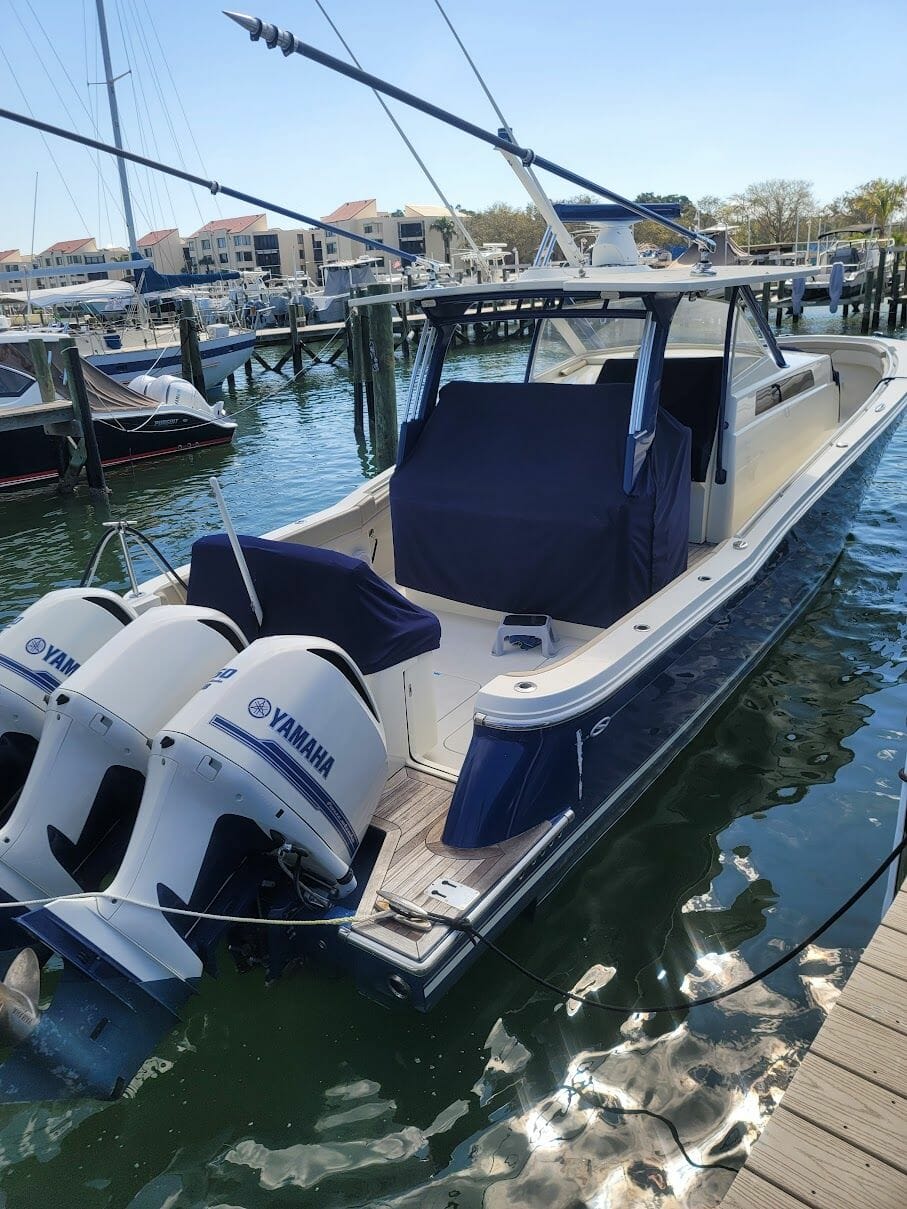Owning a boat is an exciting and rewarding experience. It offers an opportunity to explore the open waters and make unforgettable memories with family and friends. However, securing your boat should be a top priority to protect your investment and ensure the safety of those on-board. In this article, we will discuss a variety of safety options available for boat owners, including locks and latches, alarms and security systems, GPS trackers, and insurance coverage.
Locks and Latches
One of the simplest and most effective ways to secure your boat is by using high-quality locks and latches. These come in various types, including padlocks, cable locks, and sliding bolt locks, as well as specialized marine-grade locks designed to withstand harsh environments.
Padlocks
Padlocks come in different sizes and materials, such as stainless steel, brass, and laminated steel. Opt for a marine padlock with a weather-resistant design and a hardened shackle to prevent cutting or sawing.
Cable Locks
Cable locks are versatile and suitable for securing various boat equipment, including outboard motors, dinghies, and personal items stored in lockers. Use a heavy-duty, cut-resistant cable lock with an integrated lock mechanism for added protection.
Sliding Bolt Locks
Sliding bolt locks and hasps can be installed on hatches, doors, and storage compartments. Marine-grade stainless steel designs will offer corrosion resistance and durability.
Alarms and Security Systems
Invest in a boat security system to deter thieves and vandals. Alarm systems and cameras are particularly helpful when your boat is moored in an unfamiliar or vulnerable location.
Marine Alarm Systems
Marine alarm systems often include sensors to detect intruders, motion, or unauthorized access. Some systems feature sirens, strobe lights, or remote alerts to notify boat owners when the alarm is triggered. A marine alarm system should be designed to withstand weather conditions and a humid environment.
Security Cameras
Security cameras can provide live video monitoring and recording of your boat. They can be paired with alarms systems to capture images of intruders when an alarm is triggered. Choose weatherproof and night vision capable cameras for optimum functionality.
GPS Trackers
A GPS tracking device installed on your boat can provide real-time location information and send notifications if your boat moves outside of a preset boundary (known as geofencing). This can be particularly useful in the event of theft, as it can help law enforcement locate the stolen vessel.
Personal GPS Tracker
These small, portable devices can be hidden on board and come with an accompanying mobile app, which allows for real-time location tracking.
Vessel Monitoring Systems (VMS)
VMS offers GPS tracking capabilities as well as additional boat monitoring features such as engine data, temperature, and battery voltage. VMS is often tailored to work with specific boat models and is integrated with the boat’s electronics.
Insurance Coverage
While security measures can help to prevent theft or damage, it’s crucial to back up your efforts with a comprehensive boat insurance policy. This provides financial protection and ensures that you’re covered if your boat is stolen, vandalized, or damaged due to unforeseen events. Choose an insurance policy that covers theft, damage, and liability, and take note of any conditions and exclusions.
Supplemental Insurance
Consider adding supplemental insurance to your policy for specific equipment, such as outboard motors, trailers, and personal belongings stored on board.
Remember Safety First
In addition to securing your boat, it’s vital to prioritize the safety of yourself and your passengers. Ensure that you have proper safety equipment on board, such as life jackets, fire extinguishers, and an emergency signal kit.
While no security measure is foolproof, employing a combination of the options discussed in this article can significantly reduce the risk of theft, vandalism, or other harm to your boat. Research and invest in the safety measures that best fit your needs and the specific features of your vessel, and remember that safety should always be your top priority out on the water.


